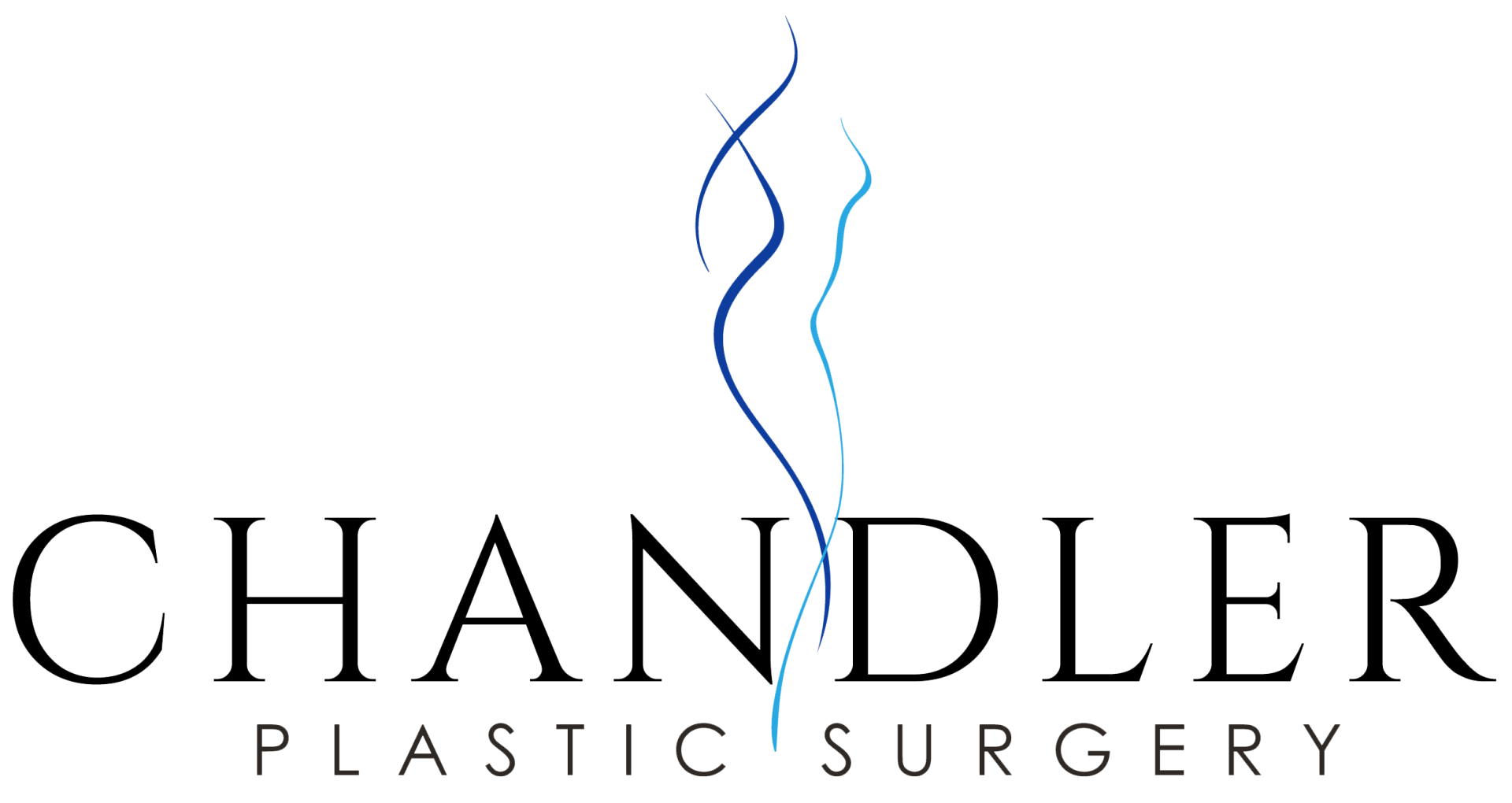CHEMICAL PEELS
Chemical Peels Performed in Darien, Connecticut by Plastic Surgeon Dr. Laurel Chandler
Chemical peels can be a key adjunct in your facial rejuvenation treatment plan. While surgical procedures help remove excess skin and tighten underlying architecture, chemical peels are designed to improve skin surface texture and tone. By removing the surface layer of damaged skin cells, chemical peels act to rejuvenate the skin to reveal healthier, brighter skin underneath. In effect, this process helps reduce the appearance of fine lines, wrinkles, acne scars, brown spots and other discoloration from sun damage. Dr. Chandler will work with you to assess your skin quality and provide you with an individualized treatment plan, with a chemical peel and strength that is suited to your skin type.
CHEMICAL PEELS Q&A
How long do chemical peels take?
Dr. Chandler performs chemical peels in a comfortable office setting, with no general anesthesia required. Depending on the area to be treated, most chemical peels take between 30 and 60 minutes.
What is the down time after a chemical peel?
Down time after a chemical peel depends on the strength of the peel. Many chemical peels require little to no down time, allowing you to return to work the following day. With lower strength peels, the skin will appear sunkissed for a few days, while redness may last up to one to two weeks with stronger peels.
Do chemical peels hurt?
You may feel a temporary burning or stinging sensation during the peel only, which only lasts for a few minutes. After the treatment, you should not feel any discomfort, although your skin may feel more sensitive.
What are the potential side effects?
While side effects are rare, there is always a small risk for redness, swelling and skin irritation after a chemical peel. The treated skin will be more sensitive to UV light, so it is important to use sunscreen with a high SPF and avoid exfoliation until the skin is completely healed. Serious complications like infection, scarring, skin pigment changes and allergic reactions are rare. These complications tend to be more common in darker skinned patients and with stronger peels. If you have a history of cold sores, you should take an antiviral medication prophylactically before and after the peel.
What is the aftercare?
If you are using retinoids, you should discontinue these 1-2 weeks before the peel and avoid use during the healing phase after the peel, however, use of retinoids in the weeks leading up to the peel can be beneficial in priming your skin. You should avoid exfoliating, bleaching, waxing, scrubbing or massaging your skin while it is still sensitive after the peel. Avoid any products containing peeling agents like glycolic acid. Apply ointment for 48 hours and a strong sunscreen daily thereafter to all areas of skin that were treated, to keep the skin moisturized and protected as it heals. Sun exposure should be avoided as much as possible. Use a mild cleanser only on the treated areas. Report any excessive redness, persistent pain or crusting to your plastic surgeon.
What is the difference between a chemical peel and a laser treatment?
Chemical peels involve use of chemicals to exfoliate the superficial skin (cause the outer layers to peel off), while laser treatments use light energy to target specific layers of the skin beneath the epidermis and stimulate collagen production. Laser treatments tend to be more precise, but they can also be more expensive and require more downtime than chemical peels. Chemical peels will result in smoother, more even-toned skin but will not be able to target deeper layers of the skin without affecting the superficial skin epidermis. Chemical peels are generally more affordable than laser treatments. However, with a superficial peel you can still achieve improvement with minimal downtime. Peels may require multiple treatments to achieve a desired result. Peels are generally less effective at treating deeper wrinkles, deep sun damage or acne scars compared to laser treatments.



